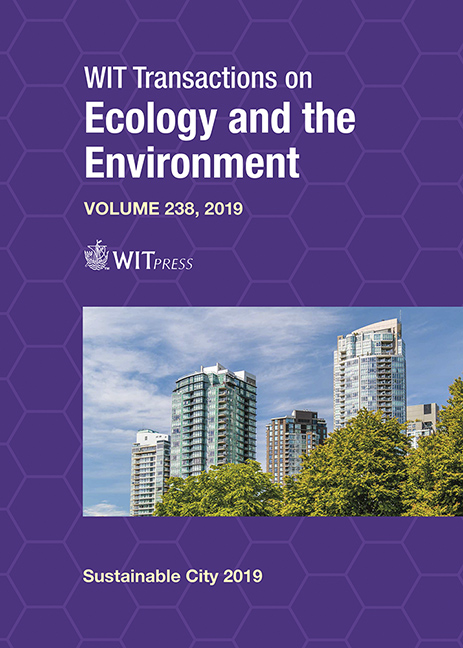HYDRAULIC PERFORMANCE OF PERMEABLE ASPHALT AND PICP IN SWMM, VALIDATED BY LABORATORY DATA
Price
Free (open access)
Transaction
Volume
238
Pages
11
Page Range
569 - 579
Published
2019
Paper DOI
10.2495/SC190491
Copyright
WIT Press
Author(s)
ENEKO MADRAZO-URIBEETXEBARRIA, MADDI GARMENDIA-ANTÍN, JABIER ALMANDOZ-BERRONDO, IGNACIO ANDRÉS-DOMÉNECH
Abstract
Traditional urban development practices disrupt the natural water cycle, increasing surface runoff volume/velocity and reducing water quality, amongst other impacts. Those negative impacts can be reduced adopting sustainable urban drainage system (SUDS) techniques, such as pervious pavements. porous asphalt (PA) and permeable interlocking clay/concrete pavers (PICP) are two types of pervious pavements. Both are similar to traditional asphalt and pavers, but superficial layer has a high porosity for allowing infiltration of rain, and base/subbase layers contain a high void fraction to allow water retention. In order to analyse these types of pavements and assess how they affect the general urban stormwater network, the SWMM model has been widely used. Even so, more confidence in the selected parameters is needed, especially when modelling homogeneous areas by means of low impact development (LID) units. To do so, laboratory tests have been implemented using a rainfall simulator, testing PICP/PA materials under different slopes (1% and 6%) and rain conditions (35 mm/h and 70 mm/h), and infiltrated water was measured for each layer independently. This paper validates, using the aforementioned laboratory data, the parameters needed for modelling PA and PICP in SWMM, as well as differences between them, showing that SWMM is a convenient tool to model single events on permeable pavements for regular storms.
Keywords
permeable pavement, pervious pavers, porous asphalt, SWMM, LID, model calibration





